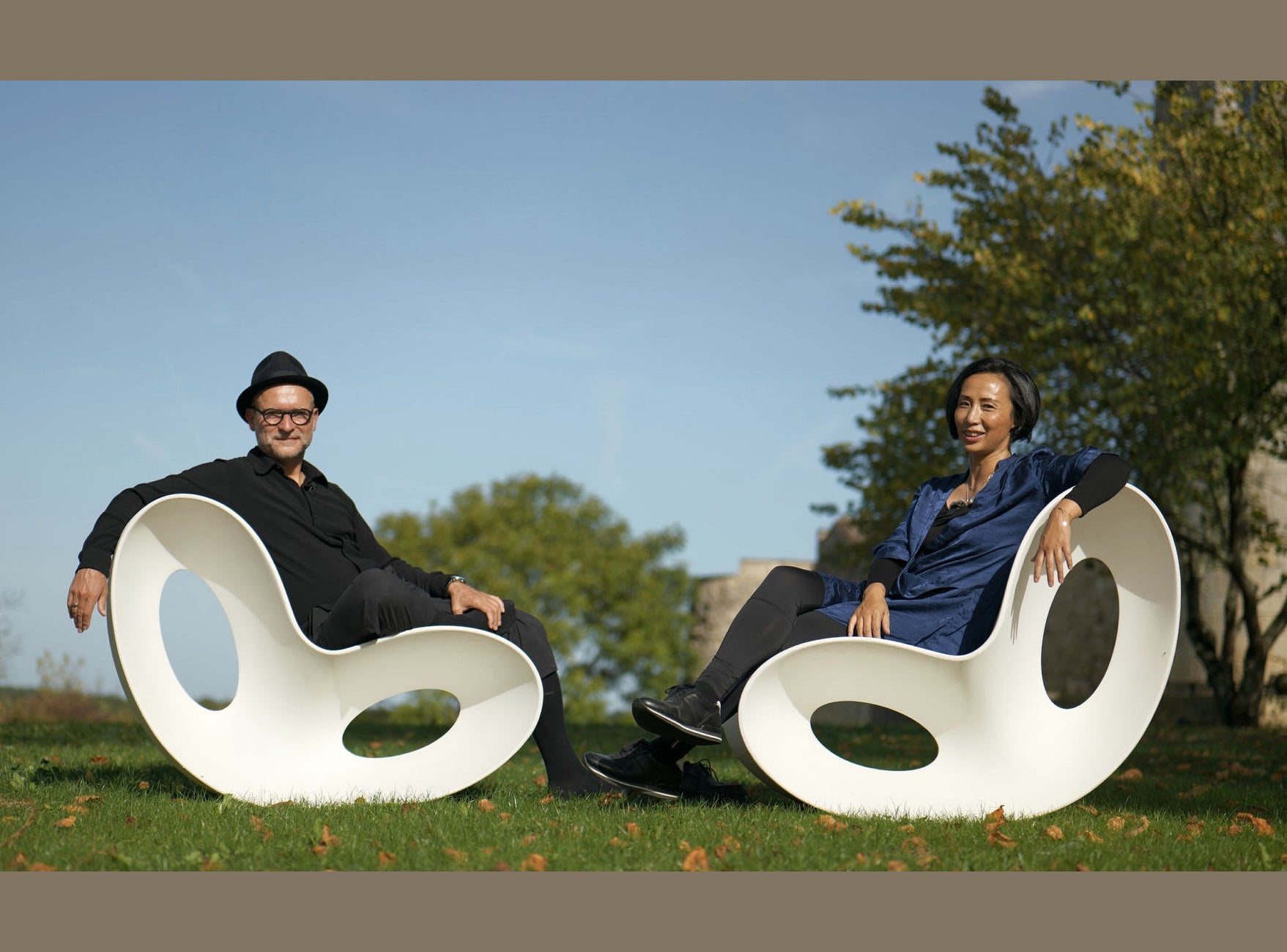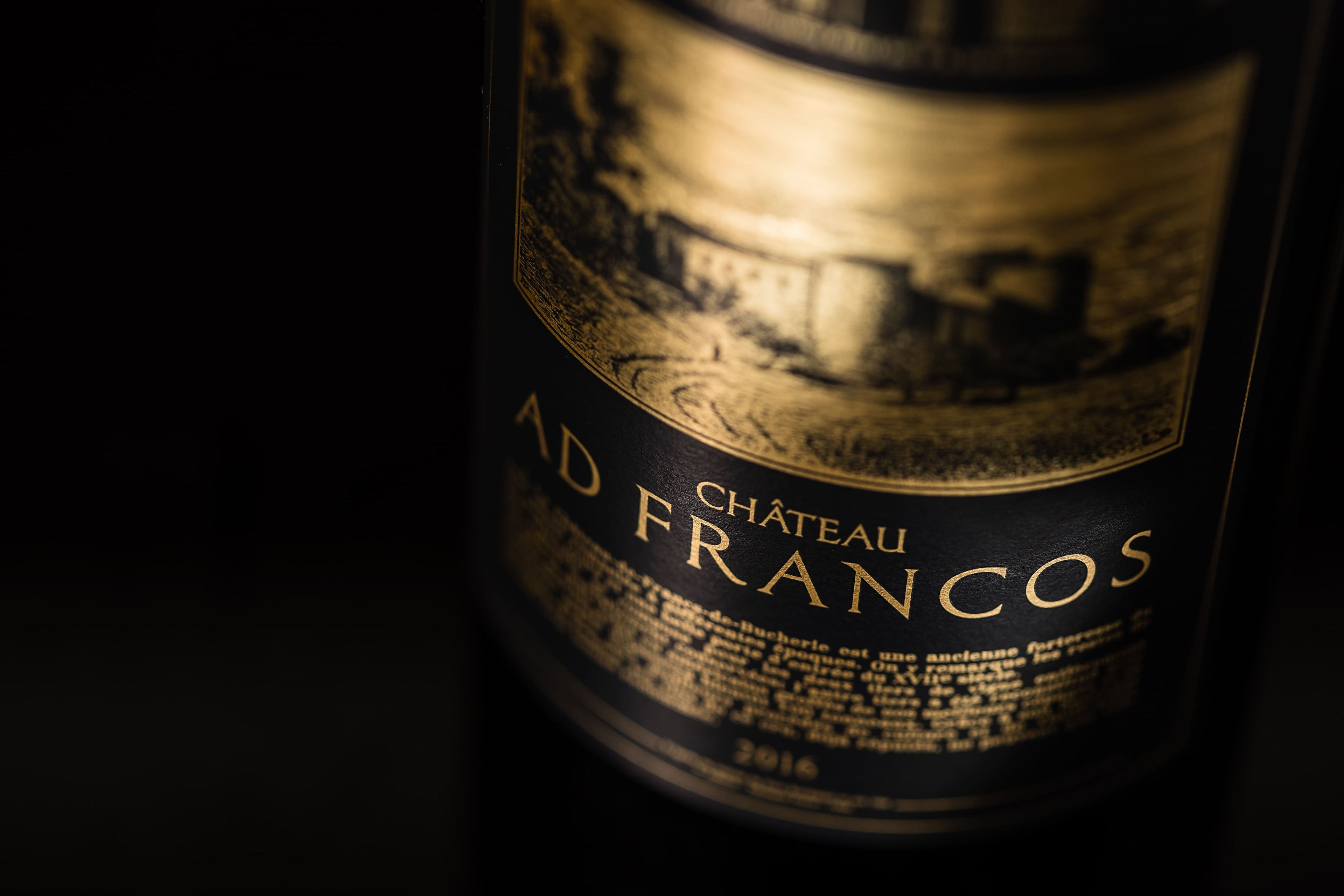ad francos
1500 years of history
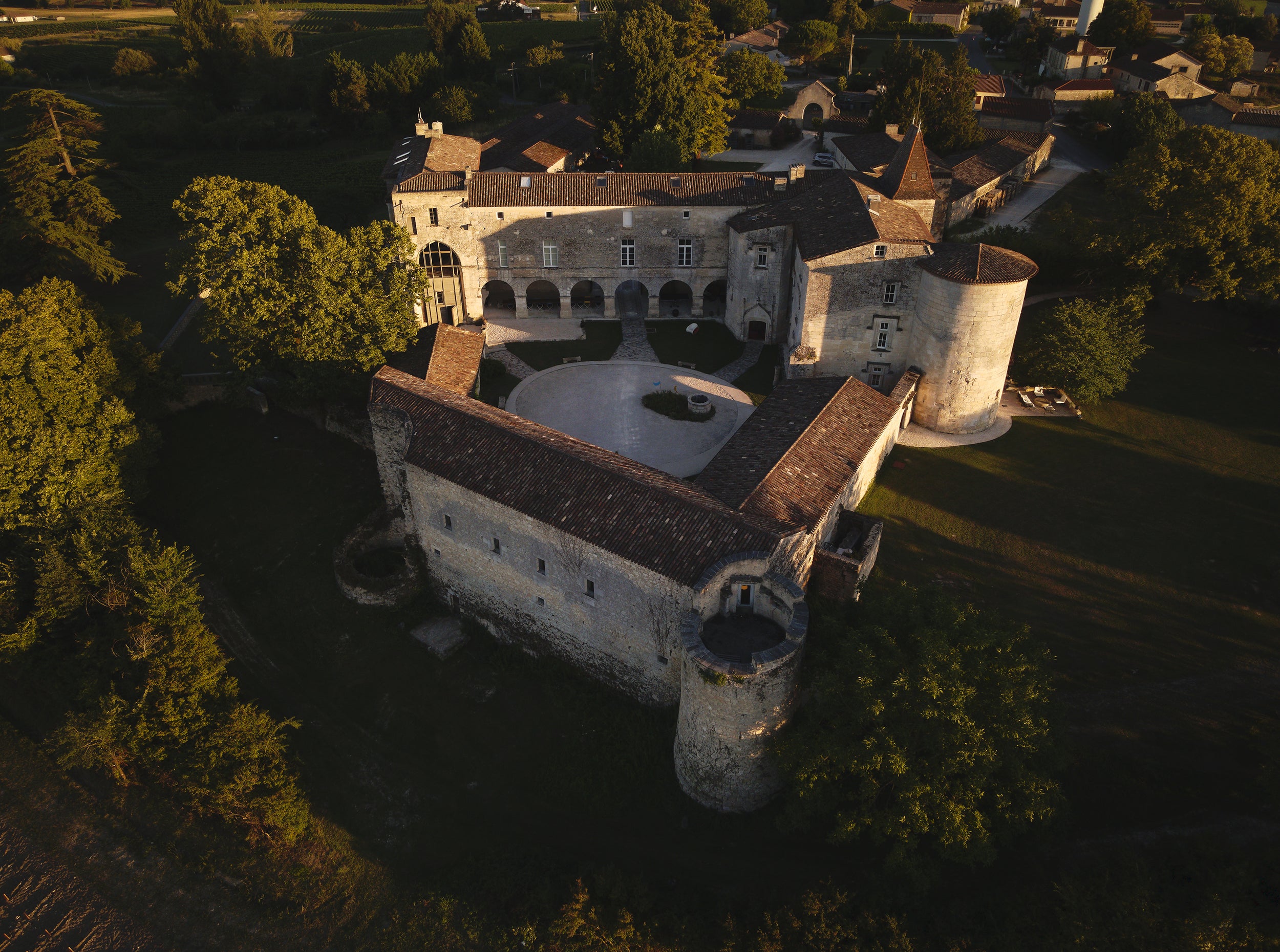
Clovis,
king “of” Franks
Francs has been a place of passage since ancient times. An important Roman road (future Charlemagne road) linking Poitiers to the Pyrenees passed through Francs.
It was undoubtedly this route that part of Clovis's army took to set out to conquer Aquitaine after its victory at Vouillé (507) over the Visigoths.
A Frankish garrison was then installed on this strategic hill. It was named “Ad Francos” (the Hill of the Franks) from which the current name of the village of Francs comes.
The only village in France named Francs, we are here at the heart of history.

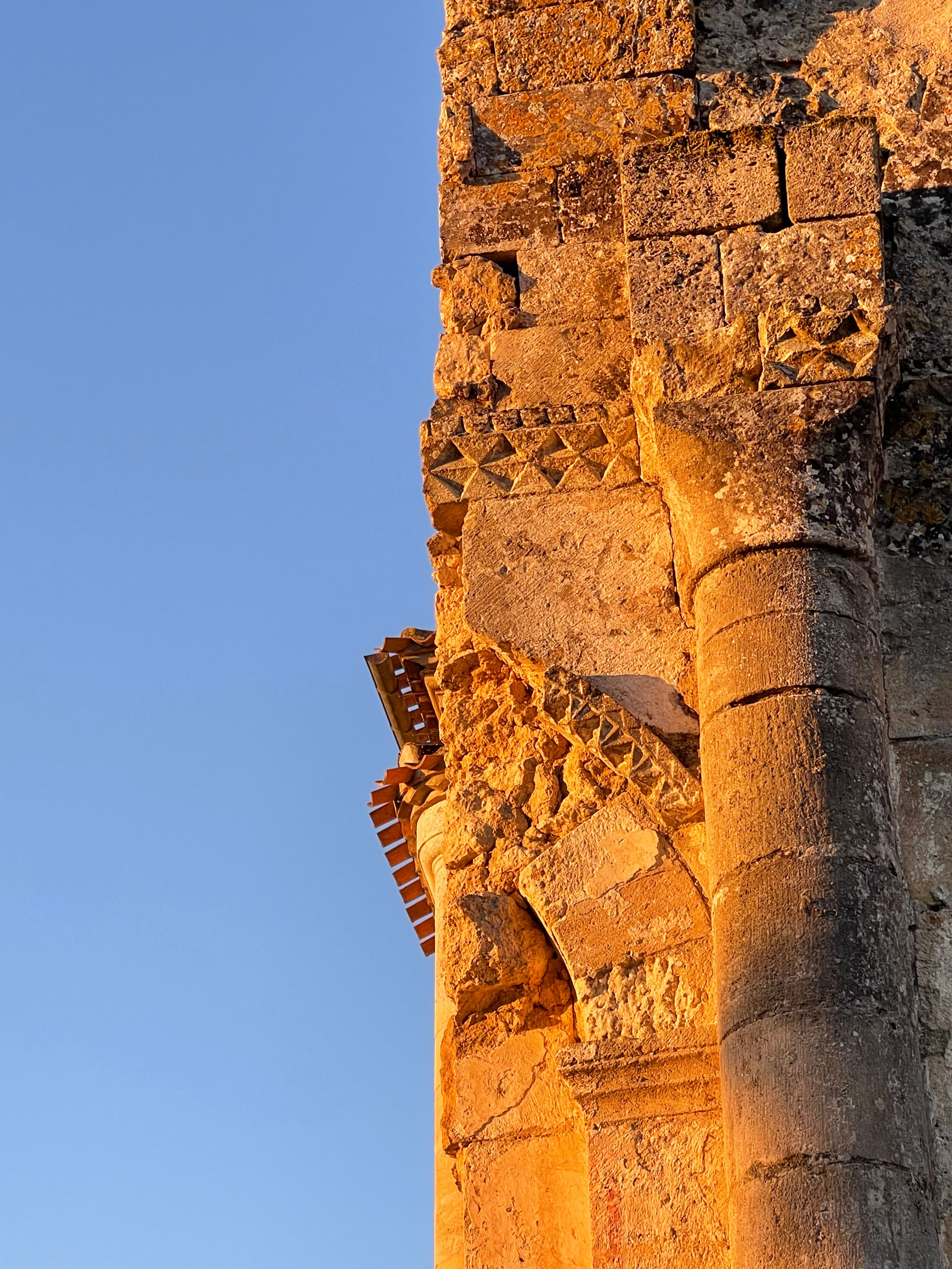
THE MISSING LINK?
At the foot of the old Saint-Martin church, on the large east terrace of the castle, there is an alignment of Merovingian Sarcophagi (the feet facing east) cut directly into the limestone rock on which the castle is built. This set of tombs attests to the presence of important local figures on “Ad Francos” hill.
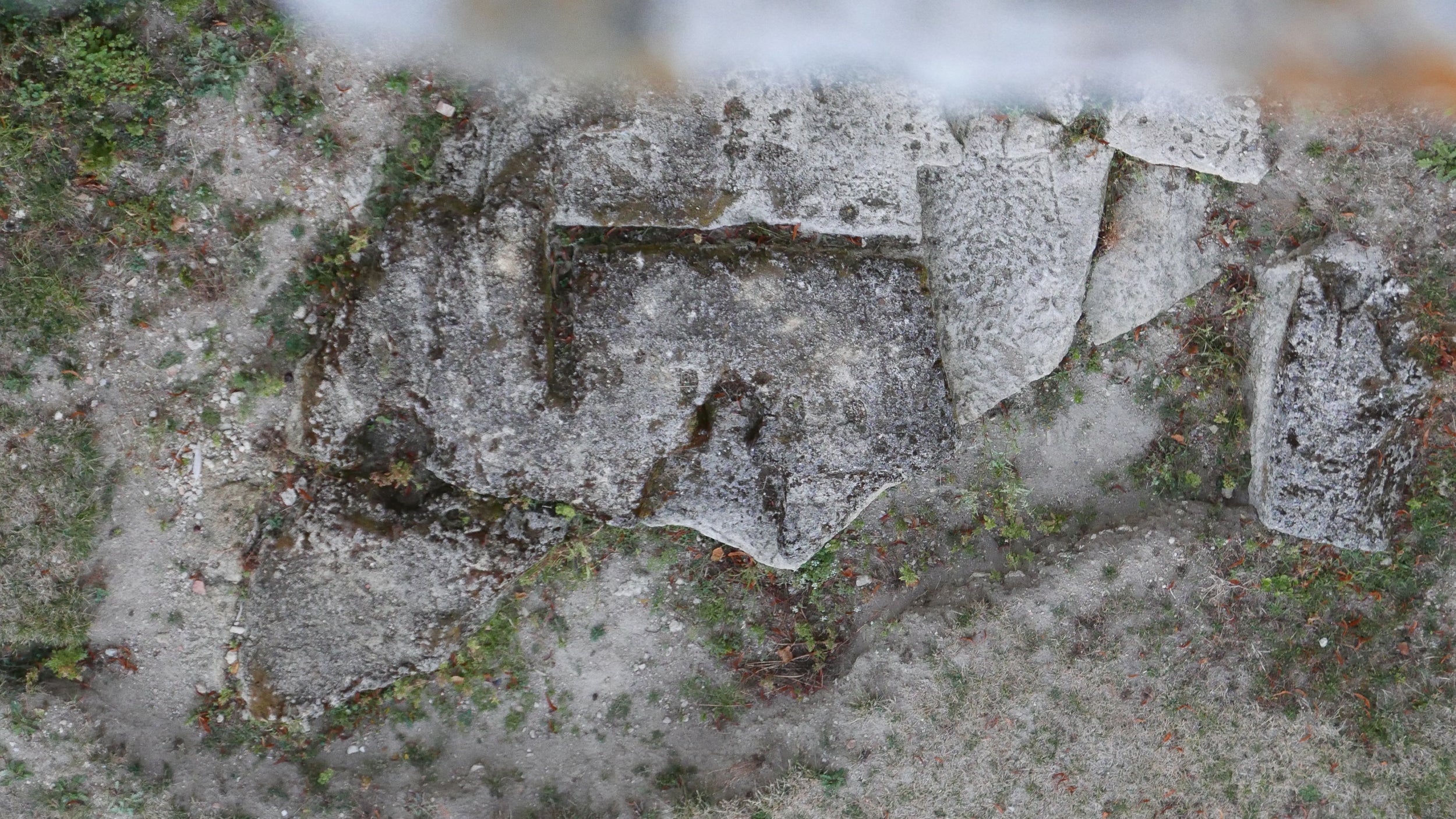
A “thousand-year-old” name
In 2008 Viviane and André Vossen, then owners of the Château de Francs which they had saved from ruin, decided to give it back its original name: “Ad Francos”. More than a thousand years separate this resurrection from the first written mention of this toponym. It appears in a work dating from the year 1004. It reports the passage from Saint Abbon to Ad Francos. The presence at the castle of this high character, eminent religious, advisor to the King of France, consecrated “Grand Abbot of Gaul” by Pope Gregory V, testifies to a certain importance of Ad Francos at this time.
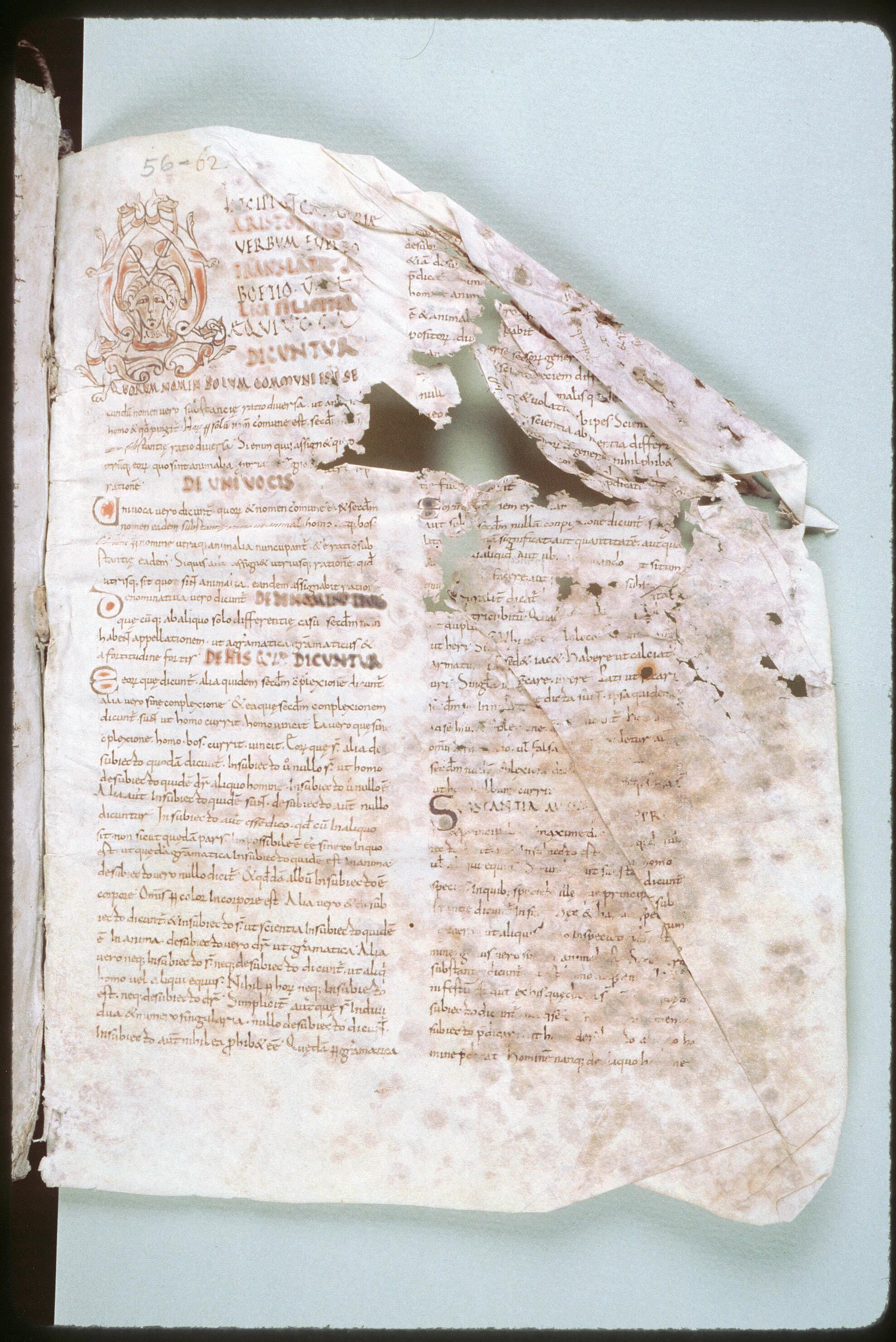

SAINT-MARTIN, The resuscitated Romanesque church
In 1188, the Romanesque church of Saint Martin de Francs was granted to the Abbey of Chancelade (near Perigueux) by the Abbey of Saint Privat (near Riberac). This church therefore dates from the 12th century, the remains of its architecture clearly attest to this, the date of its construction is undoubtedly in the first half of the 12th century. Was it the first church of Ad Francos, certainly not, the passage of Saint Abbon in 1004 leads us to believe that this place already had an older church or chapel.
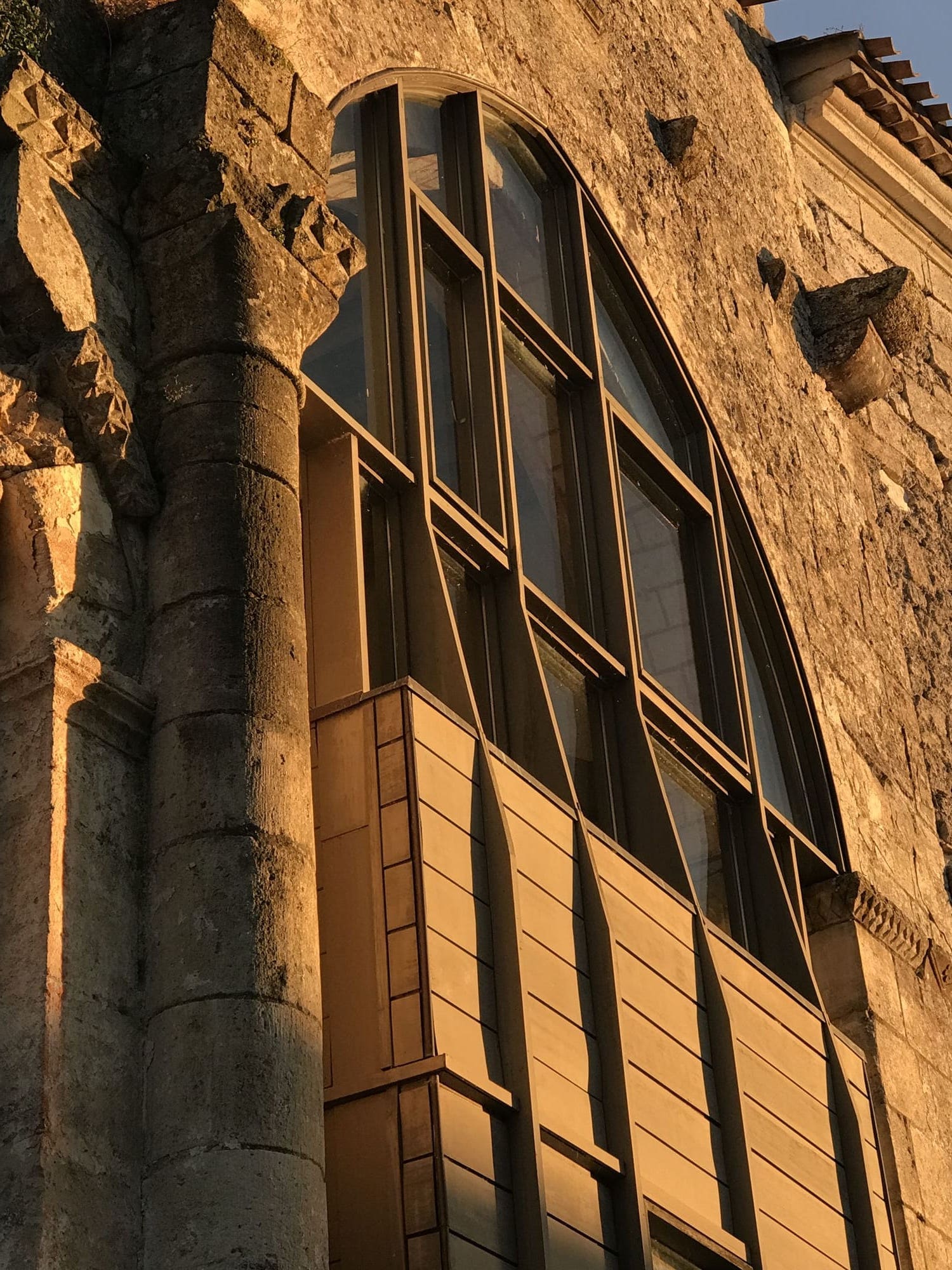

The Ségurs, first lords of the Franks
Of all the great families who succeeded one another in Francs, the first of which we have a written trace is that of the Ségur, famous house of Guyenne. It appears in Franks for the first time at the end of the 13th century. It will be at the origin of the fortification of the castle in the 14th century, at the start of the Hundred War. Their descendants, leaving the castle after the defeat of the English, distinguished themselves by adding the name of this place to their surname, giving birth to the new branch
of the “Ségur des Francs”.
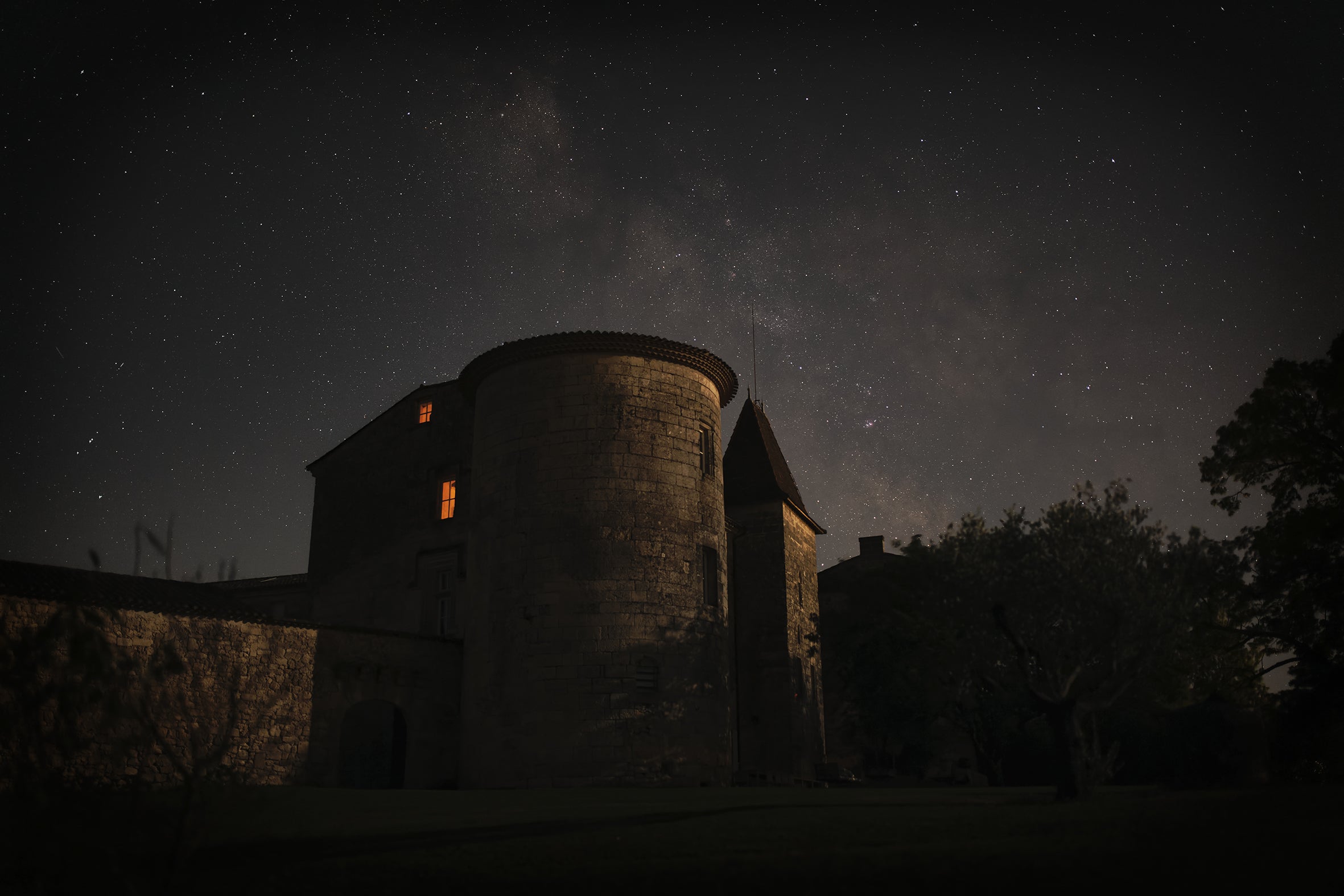
THE ISLE OF LALANDE,
THE “FLAMBOYANT” RECONSTRUCTION
At the end of the Hundred Years' War, the Castle was in ruins following the final defeat of the English against the King of France Charle VII, during the Battle of Castillon, just a few kilometers from Ad Francos. A family will then plan on this Castle with a very ambitious project to restore the castle from ruin, but remained mysterious, because very few documents have reached us from this period. Ultimately, it is the stones of the Castle that speak to us best, with the contribution of the "flamboyant-Gothic" style of its architecture, such as the octagonal tower in which its majestic spiral staircase is housed, the large cross-shaped windows at mullions which adorn the facades, but also the imposing fireplace on which the coat of arms of this family is sculpted, which still adorns the "neck" of the castle's nectars today.

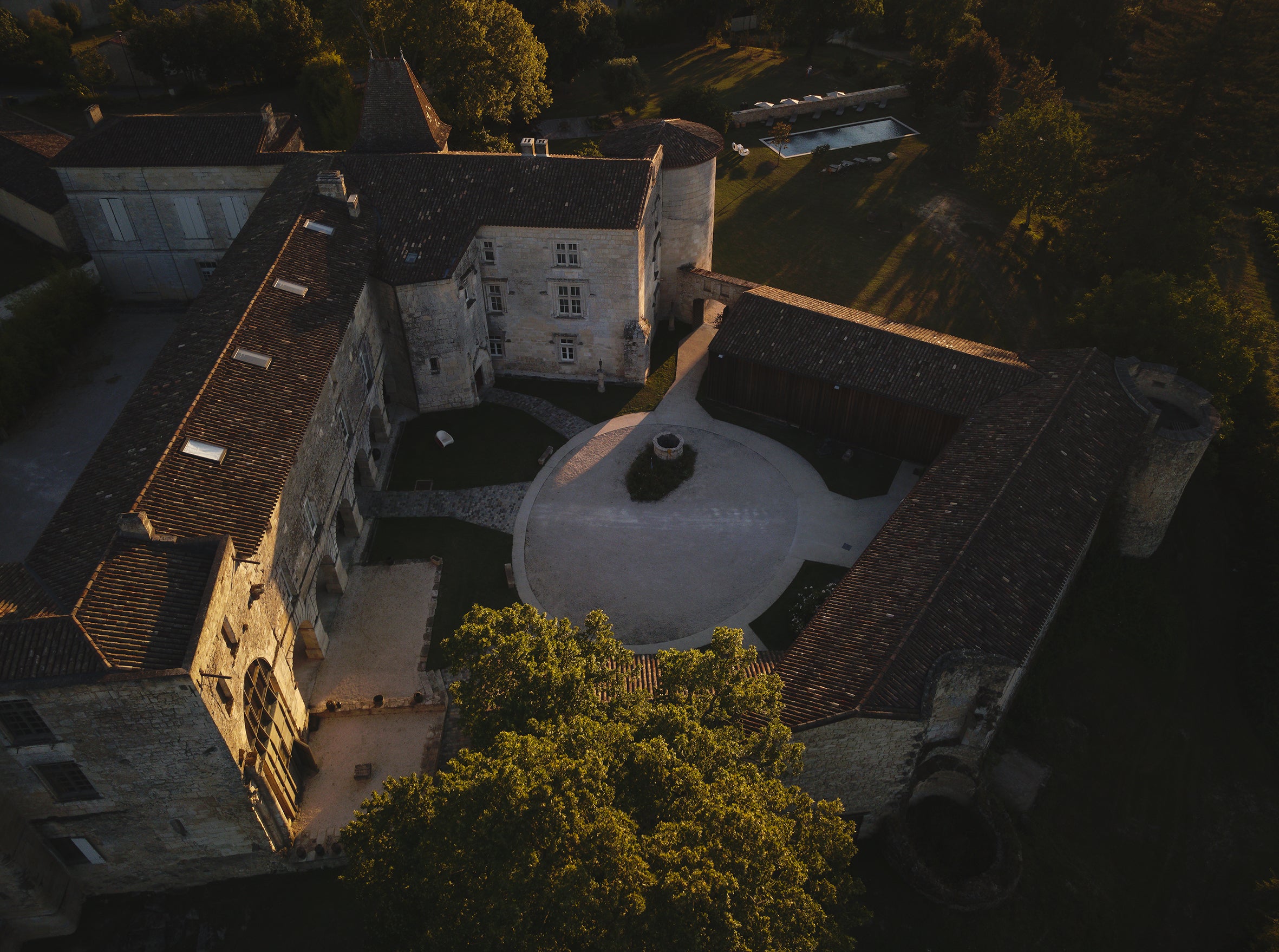
THE RELIGION WARS, THE GREAT UPHOLSTERY
The religious wars will have a profound and lasting impact on the region, which is predominantly Protestant.
In Francs, it is the Roman Catholic church of Saint Martin, built in the 12th century in the very enclosure of the castle which will be largely destroyed during a final attack by the Huguenots in 1586. The lord of the time Jean de Gaufreteau will suffer the outrage of imprisonment and will have to pay a ransom to be released.
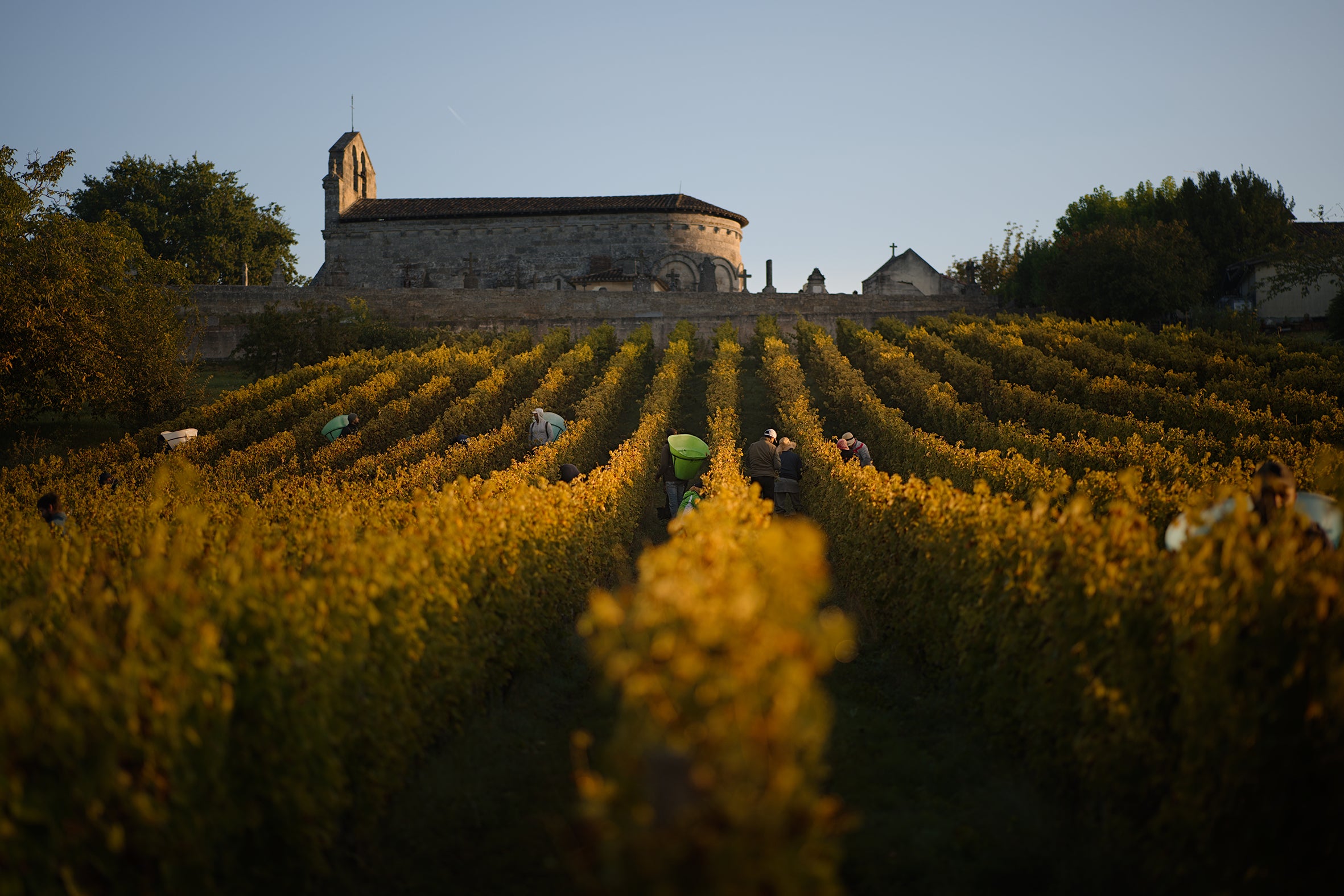

THE RENAISSANCE OF THE CASTLE
In 1607, following the wars of religion, Jean de Gaufreteau, lord of Francs, began major work to rebuild the old fortifications damaged by four centuries of incessant wars. He restructured the castle by adding a sumptuous arcaded gallery which connects the pre-existing wings. The gallery is accessible by an imposing drawbridge. It gives the building its current pentagonal shape, identifiable from the sky. He thus took advantage of this tragic episode to profoundly modify the village of Francs, pushing the dwellings outside the castle walls. He also had a new Romanesque church built at the other end of the hill, thus profoundly modifying the village of Franks which found itself outside the castle enclosure, enlarged towards the south by large outbuildings and flanked by a large majestic door which imposes its omnipotence on everyone's view and thus attempts to wash away the affront suffered a few years earlier.

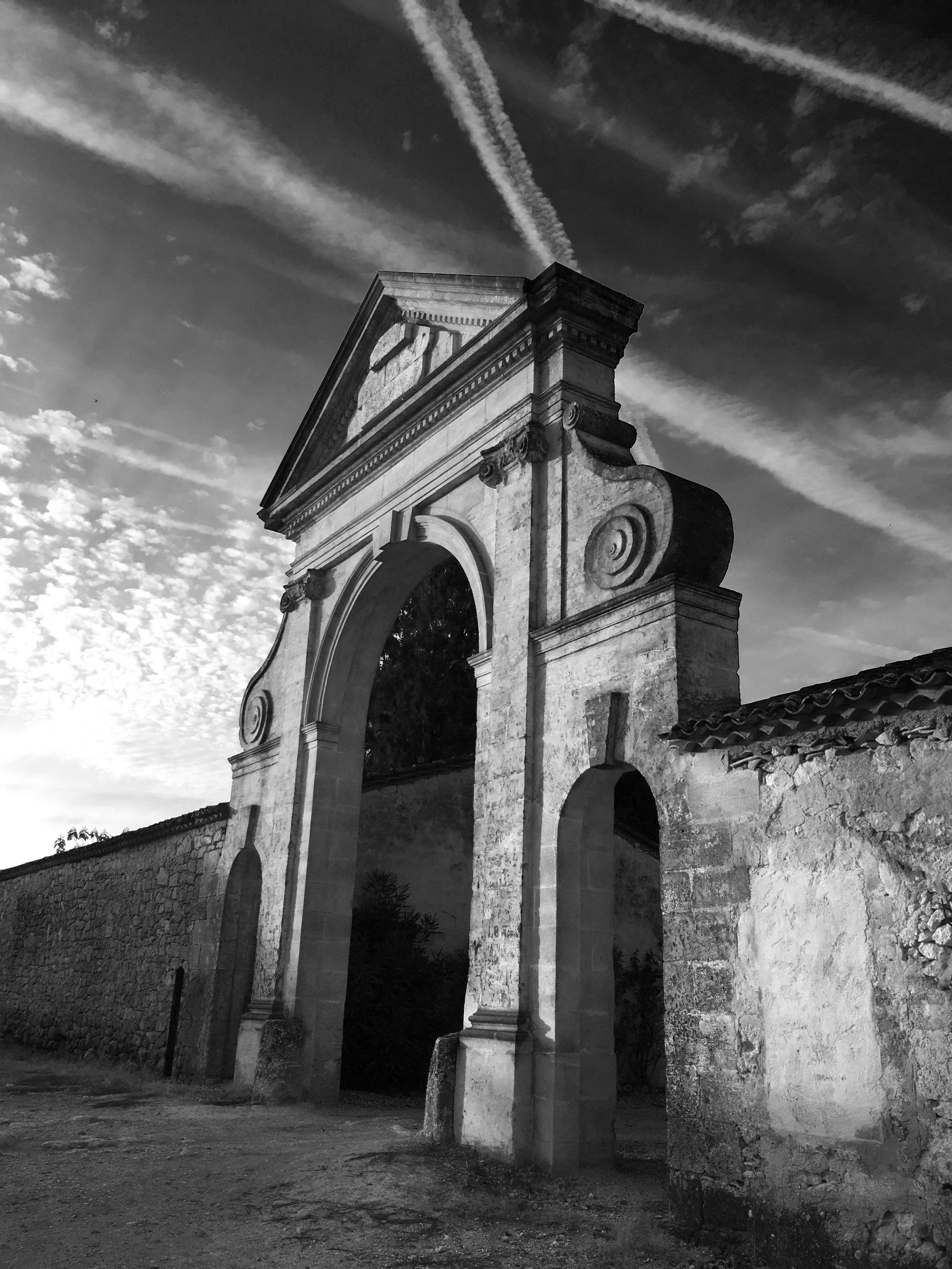
FROM CHALON,
THE LAST LORDS OF FRANCS
Hardouin of Chalon,
bishop of Lescar, heir of his uncle
Hardouin de Gaufreteau, last of the name, is also a great builder.
It brings two new wings to the building as an extension of each side of the south facade. He thus created the superb current courtyard. Carried away by the revolutionary storm, the de Chalons are the last lords of the Franks.
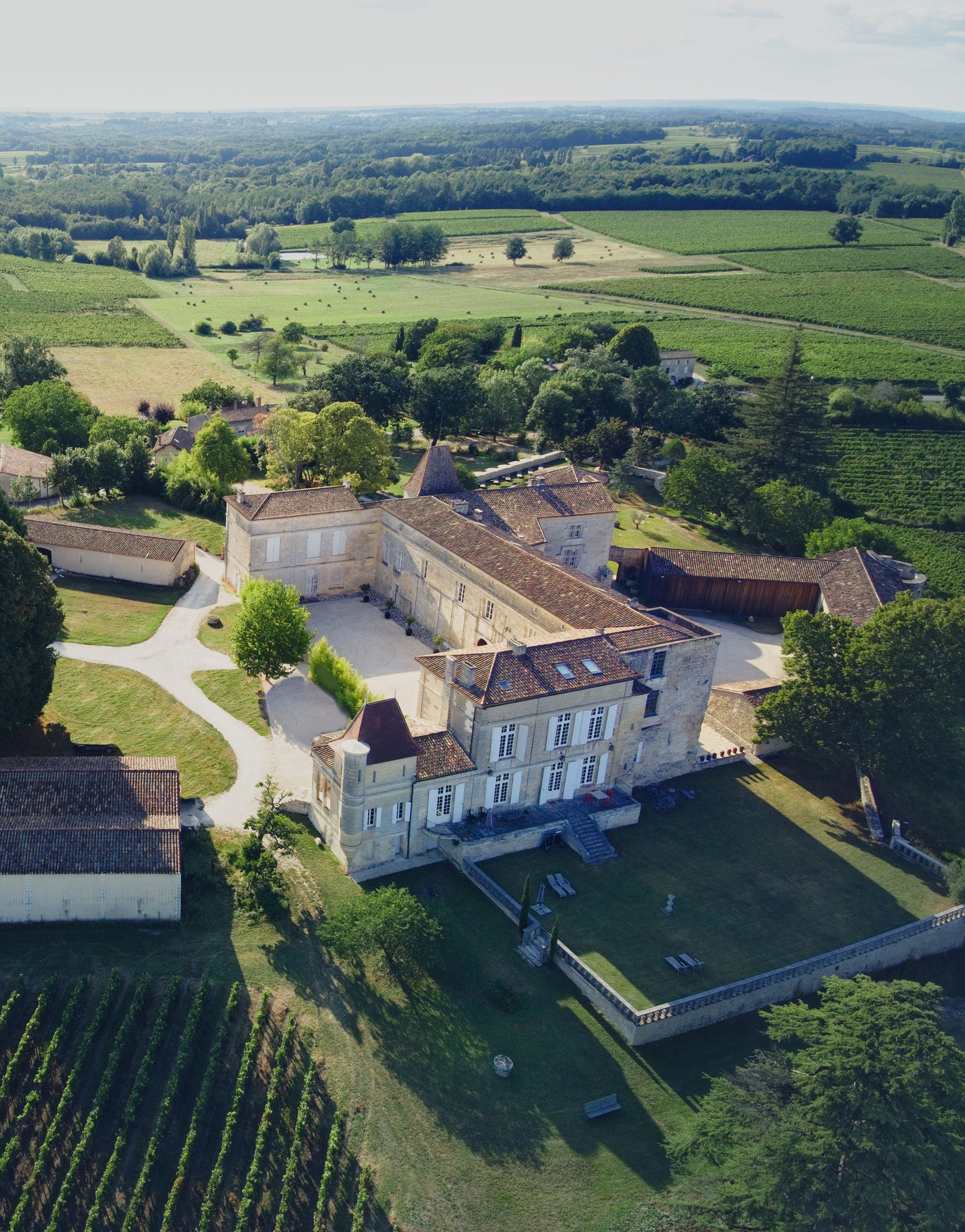
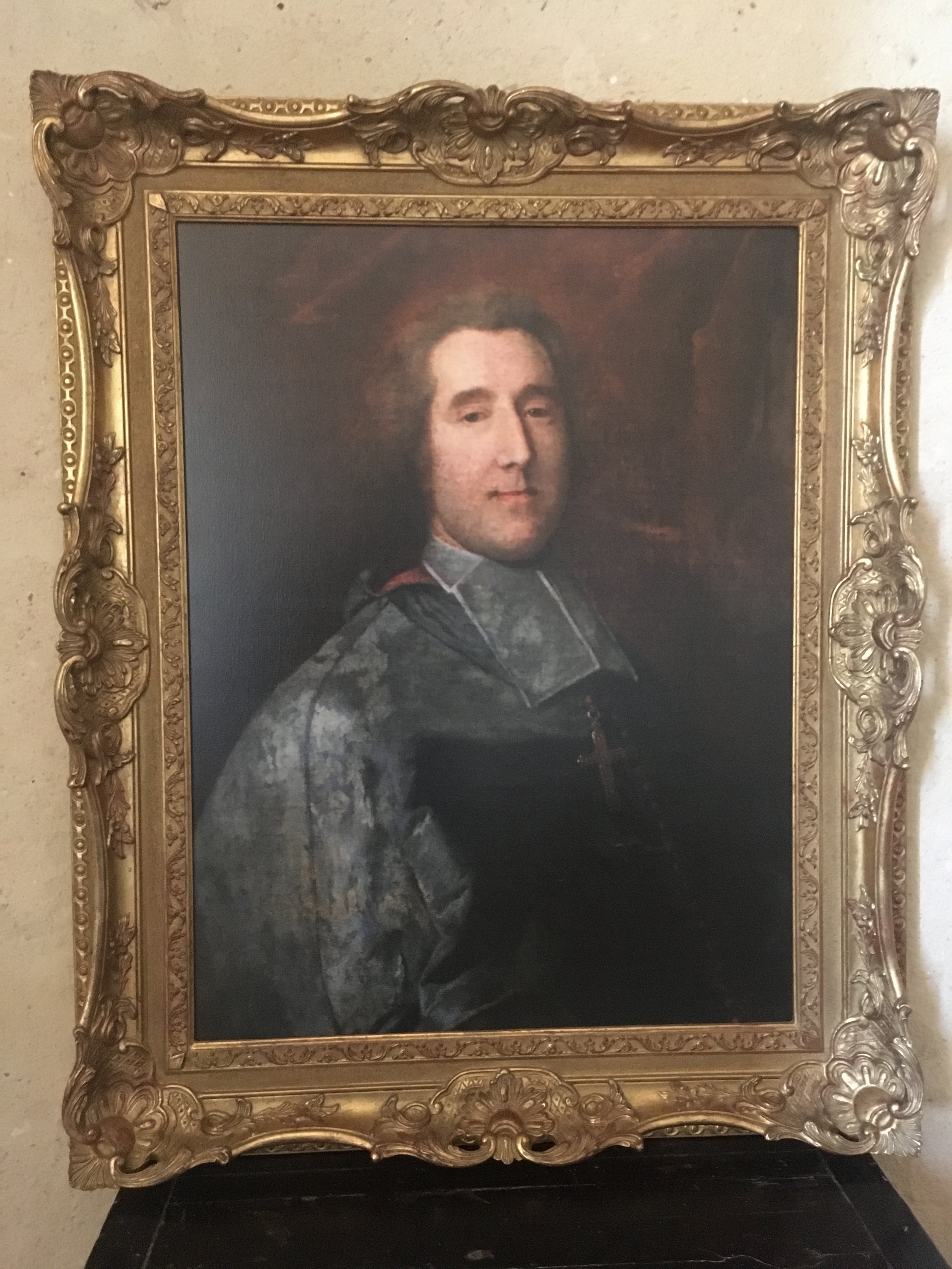
FROM THE FRENCH REVOLUTION TO THE WINE REVOLUTION
The French Revolution marks the end of the old regime and for the Château de Francs and its Lords, it is the end of a reign of several centuries.
François Hardouin de Chalon, Baron de Puynormand, Lord of Francs, Ambassador of France to Portugal, will never return to the castle, whose lands, buildings and goods will be sold and dispersed. Among these families who settled at the castle, one of them saw one of their descendants play a major role in modern viticulture. It is Michel Rolland, whose family lived there for more than a century and a half, and as we can see on the current wine labels of Château Ad Francos, they have been making wines there since during the 19th century.

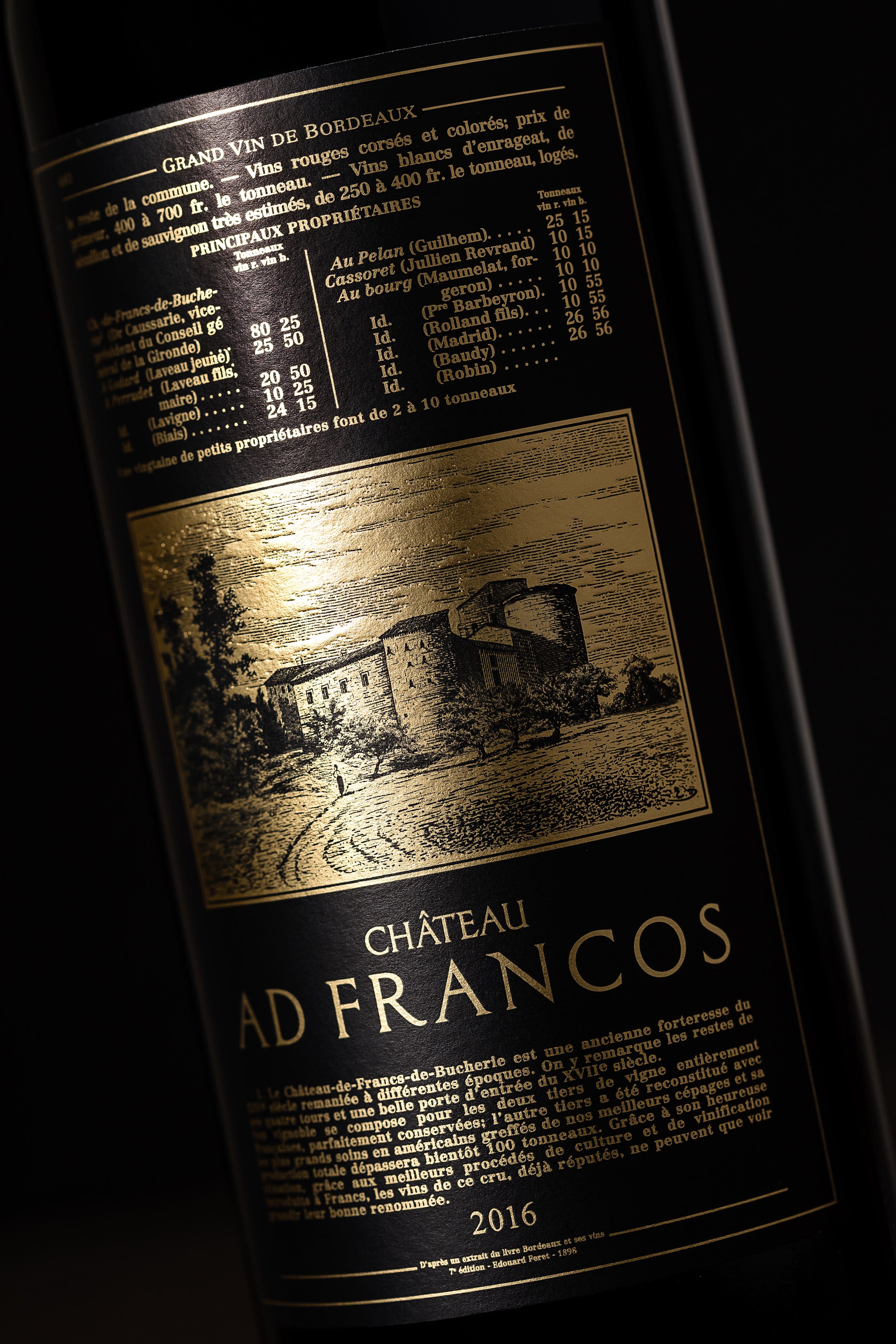
THE GREAT WORKS OF VOSSEN
In 1997 Viviane and André Vossen, with the help of their architect and designer children, Joan Vossen and Stéphane Lebrun, undertook to save the Château de Francs from ruin to offer it an admirable rebirth under its original name: Château Ad Francos . In twenty years, they accomplished a work as pharaonic as it was visionary which allows us to affirm today that this castle has never been so beautiful.
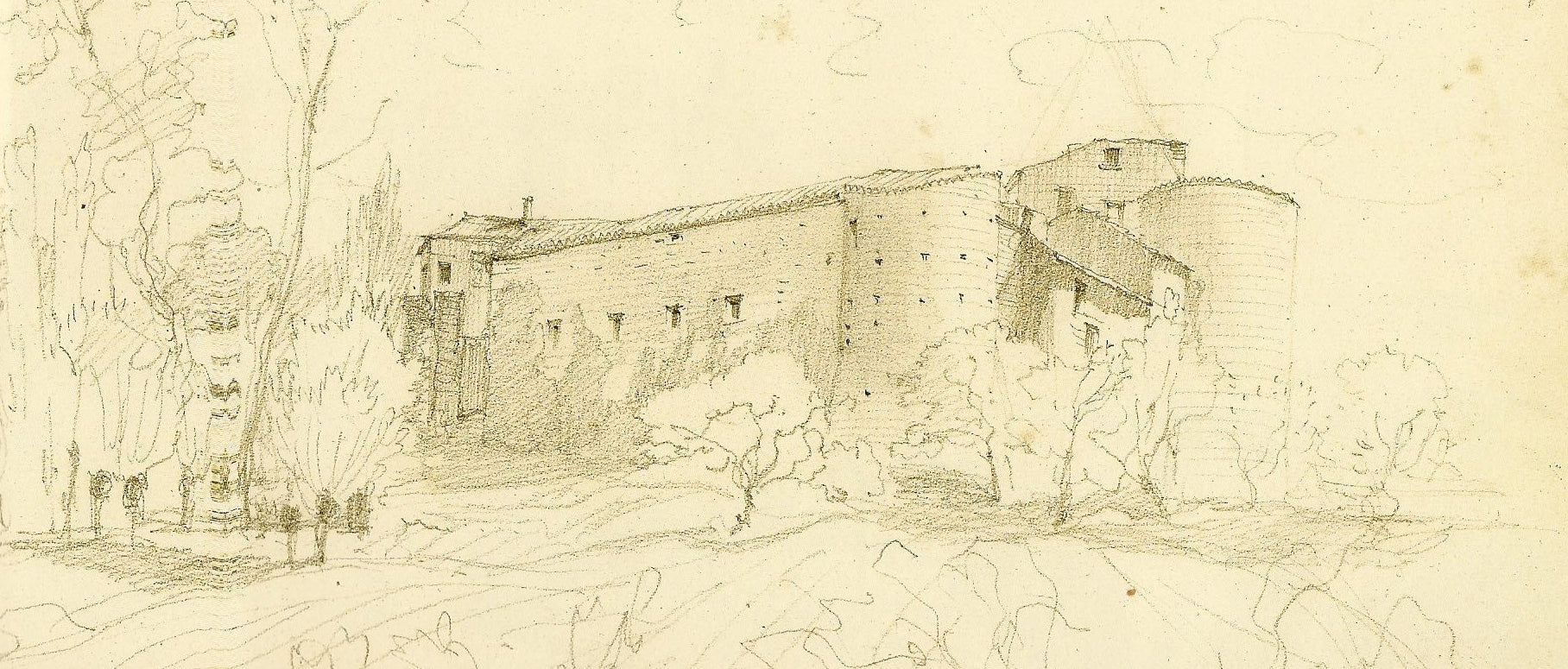
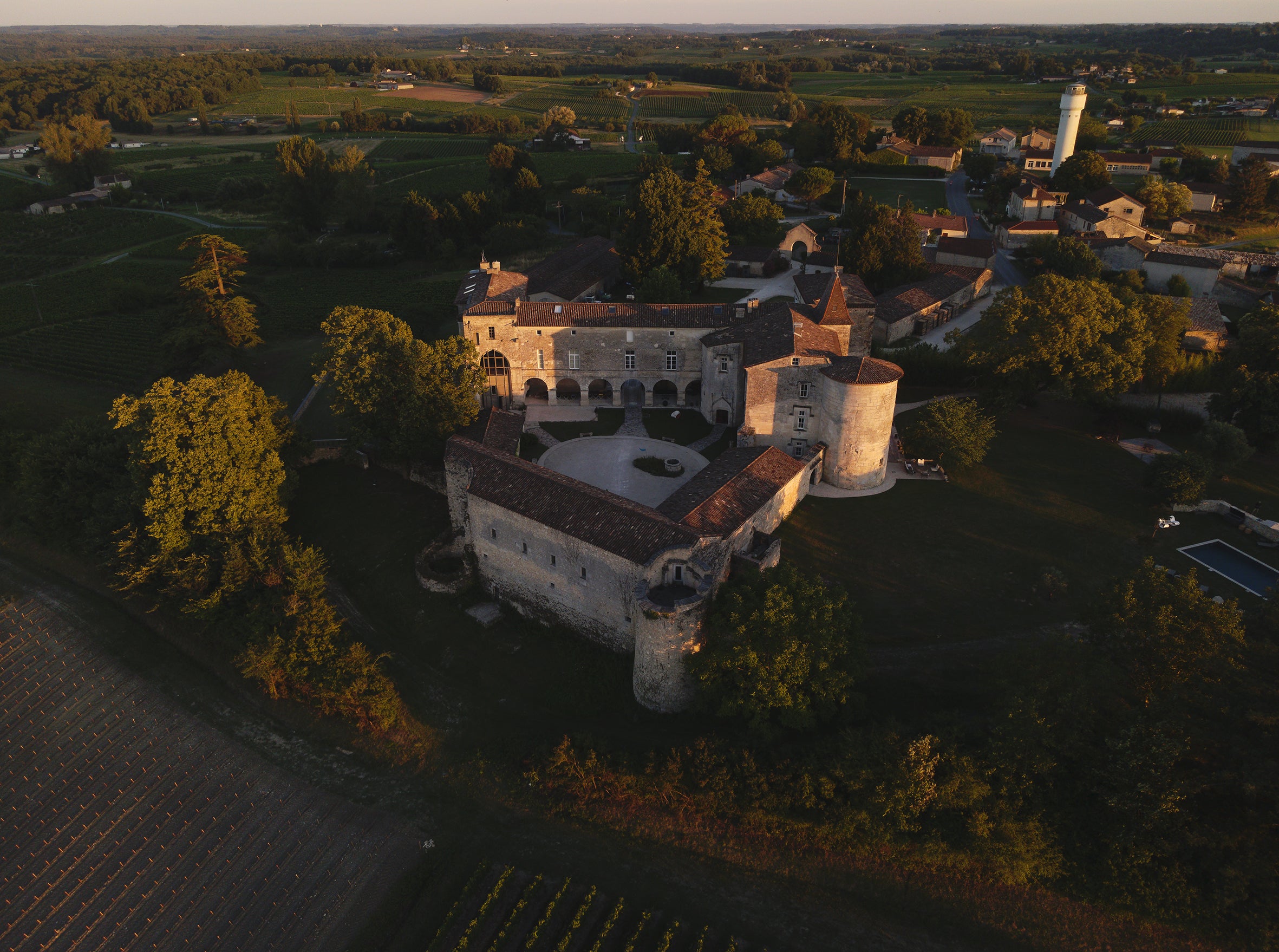
ACROSS BORDERS
Qiong Er and Guillaume Brochard, new owners of the place, follow in the tradition of their illustrious predecessors, inspired by the same passion and the same love for this place beyond time and norms. Their ambition is simple: to promote the Ad Francos jewel and its incomparable nectars, the fruit of centuries-old know-how, beyond borders.
